
This unforgiving landscape lies on the outskirts of Drass, a small town nestling at 3,300m in the Kargil district of Ladakh. Such an elevation, at which temperatures plummet to -20°C in winter, bestows on Drass the dubious honor of being both the coldest place in India and the second-coldest inhabited place on Earth. But as winter eases into spring, the region is breathtakingly beautiful. Mountain streams collect into the impossibly turquoise waters of the Drass River, which flows through a valley draped in the magenta hues of blooming apricot trees, all against a backdrop of high peaks still locked in ice.
I’ve come to this remote settlement to fulfil a lifelong quest to photograph the largest land carnivore on the subcontinent, but the blizzard is making that possibility more remote by the second. Suddenly, Ahmad Ali, my companion and guide, gestures urgently towards a cluster of boulders partially obscured by snow. I have no idea what he has seen. Then, one of the boulders moves, stands and looks straight in our direction.
Diese Geschichte stammt aus der January 2022-Ausgabe von BBC Wildlife.
Starten Sie Ihre 7-tägige kostenlose Testversion von Magzter GOLD, um auf Tausende kuratierte Premium-Storys sowie über 8.000 Zeitschriften und Zeitungen zuzugreifen.
Bereits Abonnent ? Anmelden
Diese Geschichte stammt aus der January 2022-Ausgabe von BBC Wildlife.
Starten Sie Ihre 7-tägige kostenlose Testversion von Magzter GOLD, um auf Tausende kuratierte Premium-Storys sowie über 8.000 Zeitschriften und Zeitungen zuzugreifen.
Bereits Abonnent? Anmelden

SNAP-CHAT
Justin Gilligan on giant spider crabs and holding hands with an octopus
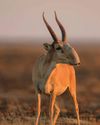
STEPPE CHANGE
Herds of saiga have returned to Kazakhstan, but there's a fine balance to tread
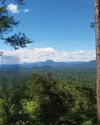
TREES FOR LIFE
Community is at the heart of conservation in the tropical forests of southern Belize
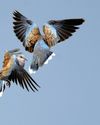
WHEN DOVES CRY
Turtle doves are now the UK's fastest declining bird species, but the RSPB is on a mission to save them

SURVIVAL OF THE CUTEST
We can't help being drawn to cute creatures, but our aesthetic preferences both help and hinder conservation
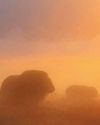
LIGHT ON THE NORTH
Spectacular images of Arctic foxes, reindeer and musk oxen reveal the wild beauty and diversity of Scandinavia
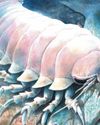
ROLLING IN THE DEEP
The super-sized crustacean that lives in the deepest, darkest ocean
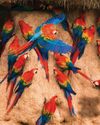
LET'S GET TOGETHER
Clay licks deep in the Amazon explode in a riot of colour, with macaws the stars of the show
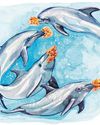
FEMALE OF THE SPECIES
To sponge or not to sponge? That is the question for the bottlenose dolphins (Tursiops aduncus) living in Shark Bay, Western Australia.
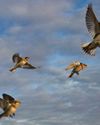
7 nature encounters for the month ahead
WITH NATURALIST AND AUTHOR BEN HOARE